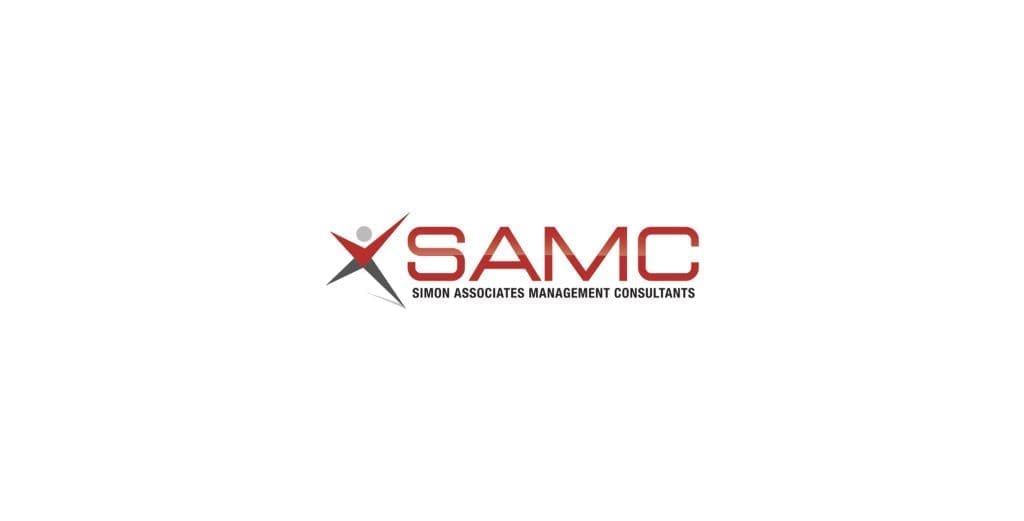 In my previous blog post, I discussed how to capture the essence of an organization and then turn that into the brand story–something that differentiates it in a way that resonates with the target audience it wants to attract.
In my previous blog post, I discussed how to capture the essence of an organization and then turn that into the brand story–something that differentiates it in a way that resonates with the target audience it wants to attract.
For Hurley Medical Center in Flint, Mich., it was about leveraging the deep bonds people in the region had with the children’s hospital and the trauma center. Equally important was how to sustain momentum in the other service lines–cardiac surgery, bariatric surgery and orthopedics–leveraging the emotional bond people had for the medical center’s “lifesaving” services. Hurley was “always there for them” when they needed exceptional care.
Once we landed on this branding story, the next question was: how to best relay that message to parents, kids and the rest of the community? (Note: this was early on in the evolution of social media and websites.)
Now that we had a story to tell, we turned our attention to Hurley’s website, which was an archaeological ruin–a brochure, basically, that had no personality, didn’t capture the power of the brand and was barely functional. Moreover, there was no social media, no Facebook or blogs, and therefore, no way to communicate what was happening within the hospital. There was no way for the community to engage with physicians, parents, patients and family.
As a further layer to the story, by 2008, consumers’ behaviors changed. They started to judge products and services, including hospitals and physicians, before they even experienced them. They Googled and found information about a hospital. Today, we know the online experience is the first and often most important contact point for consumers searching for a healthcare need; but in my initial years at Hurley, this was new.
It was obvious we had to build an entirely new website (not just patch up the old), as well as create one for the new children’s hospital it was launching. The new architecture and functionality were extremely user-friendly, and created the overall impact of an up-and-coming healthcare institution. Hurley was no longer a lower tier “safety net” that you might never need. Rather, it was a sharp, up-to-date and approachable hospital that cared about the community. We then added new content to keep the site optimized for search and functional for the staff. You can check it out at www.hurleymc.com.
Hurley recently launched a new website to adapt to mobile devices and the evolution of the hospital itself, with strong design and a powerful story to reflect changes within the hospital.
With websites in place, our own research on social media showed how some hospitals and medical centers, in particular children’s hospitals, had really caught on to social media and were building huge fan clubs of “likes.” Other hospitals ignored the whole idea. Fortunately, Hurley had someone in marketing who intuitively understood that social media was all about storytelling, and that there was no better place than Facebook to start telling Hurley stories. She was also passionate about the medical center’s focus on children. Together, we initiated the social platforms and she started to have conversations with the community, such as storytelling contests around Mother’s and Father’s Days, and celebrations of Hurley “firsts” or those children’s stories that resonate so well with everyone.
But the key that made our marketing efforts successful was the content marketing strategy was simple and straightforward: It allowed the community’s deeply-held affection for Hurley to shine through, along with the hospital’s equally affectionate bond with its patients. As a result, Hurley’s Facebook community grew slowly at first, but then exploded as a place to celebrate patients and their families, new babies, birthdays, survivor anniversaries and even physicians with stories to share. Today, Hurley has almost 8,000 “likes” and more than 37,000 visitors on its Facebook page. Its social media presence is vibrant, exciting and reflects the energy of the institution.
What else emerged, on the heels of all the “likes”? The brand identity is recognized far and wide. And little by little, engaging the members of Hurley’s community through social media became as important as caring for them when they needed medical care. Now that was something to celebrate!
In our next blog post, I’ll take you through how we built the physician services program and why you might do so as well.



